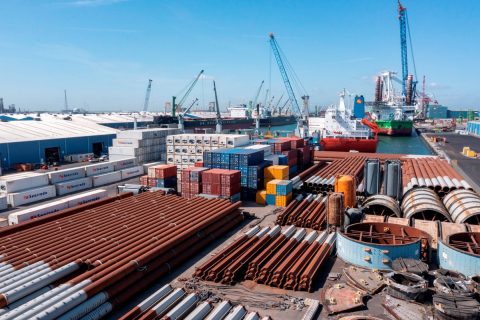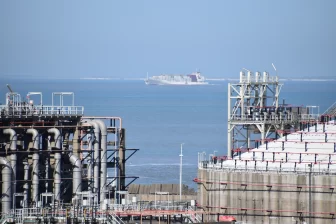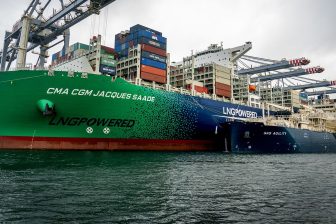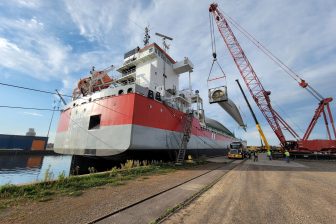
North Sea Port cargo flows jump in the first nine months of 2022
General cargo throughput figures at the North Sea Port rallied in the first nine months helping the overall throughput figures at the port reach nearly 57 million tonnes.
North Sea Port noted in its latest report that the volumes grew 9.3 percent compared to the corresponding period last year with dry bulk, general cargo, RoRo and liquid bulk all improving significantly.
General cargo recovered strongly with an 11 percent growth, or 0.8 million tonnes above the 2021 figures clocking in at 7.7 million tonnes. More than half of this increase was achieved by trade in steel plates, the port said. RoRo continued to grow by 8.4 percent, or 0.2 million tonnes, reaching 2.8 million tonnes.
To remind, in 2020, during the first nine months – in the middle of the coronavirus crisis – North Sea Port was faced with a 13 percent drop in cargo traffic by sea compared to the previous year. A 9 percent growth was recorded for the first nine months of 2021. North Sea Port added that the 9.3 percent increase in 2022 resulted mainly from a surge in traffic in the second quarter.
Container transhipment declined 8.9 percent in the first three quarters of 2022, reaching 1.7 million tonnes compared to the same period in 2021. This mainly concerns a decrease in the transhipment of fruit and vegetables not transported by container but as break bulk.
Inland traffic on the up at North Sea Port
For the first nine months of this year, transhipment via inland navigation also recorded an increase, rising 8.4 percent, or 3.7 million tonnes to 48 million tonnes in total. This increase was, to a large extent, due to an increase in cargo traffic during the second quarter.
During the five months, March to July this year, immediately following the start of the war in Ukraine, many companies stockpiled large amounts of goods. This was because of limited exports from Ukraine and EU embargoes on goods from Russia such as coal and wood.
Daan Schalck, CEO North Sea Port, “Uncertainties on the geopolitical stage therefore cause (temporary) spikes in supply streams in certain segments. The drop in trade with Russia will be compensated by additional transhipment from mainly the United States, Canada and Finland. Russia may then cease to be the first trading partner by the end of this year.”
Ukraine also logically drops further down the list of trading partners despite the supply of grain since early September through the grain corridors set up by the United Nations. A total of 0.4 million tonnes were traded, well below the one million tonnes in the same period in 2021. The declines are in maize, animal feed and iron ore.



